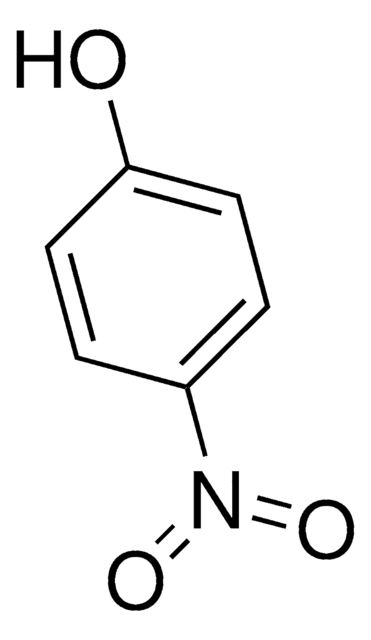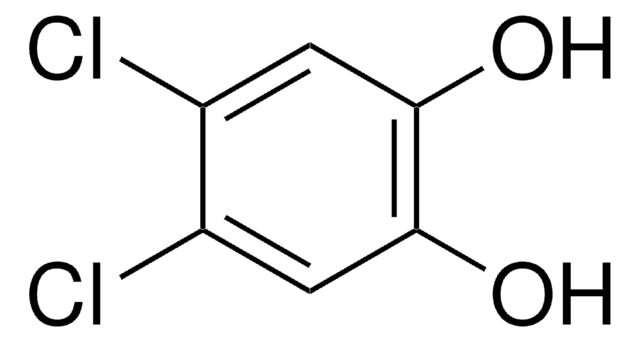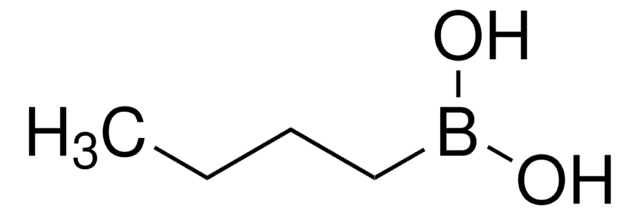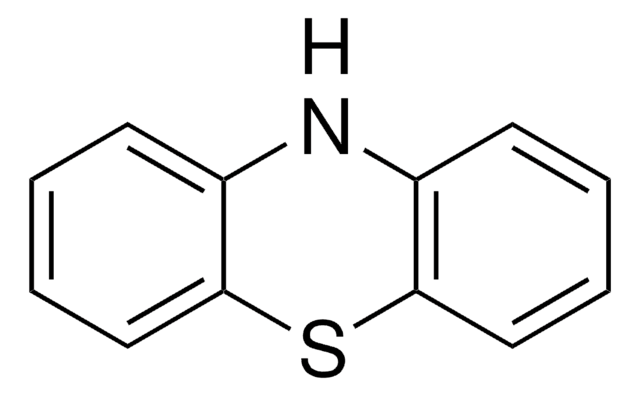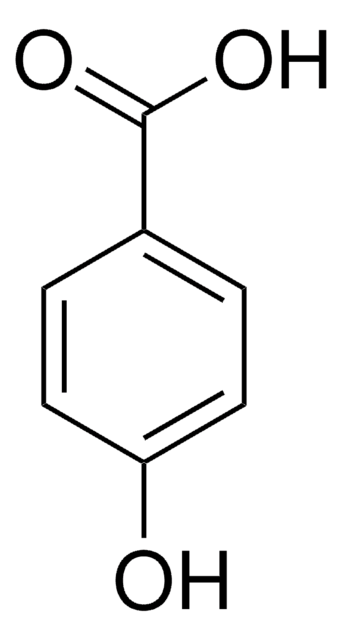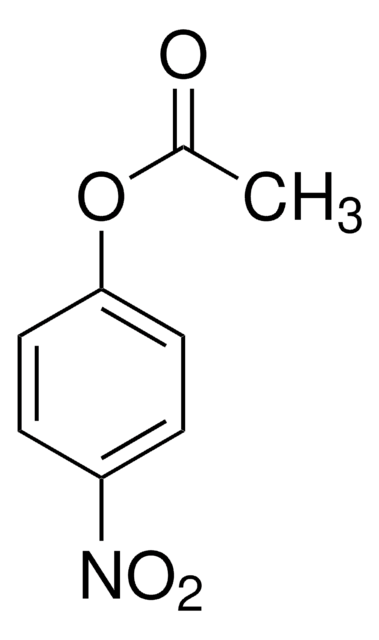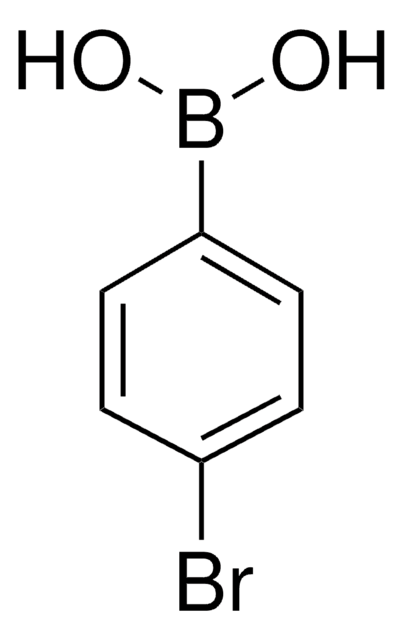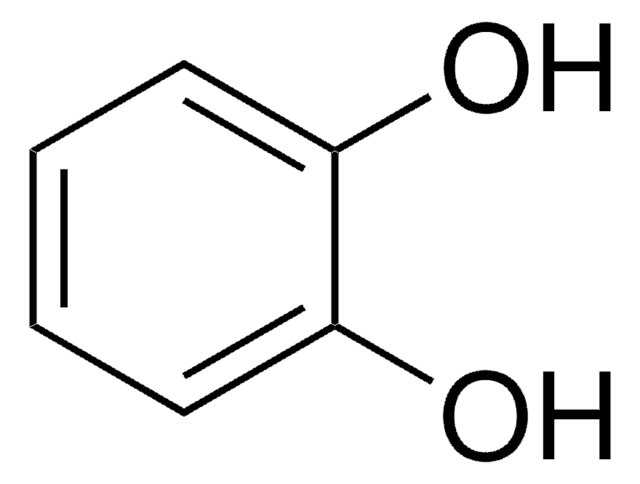All Photos(2)
About This Item
Linear Formula:
Cl2C6H2(OH)2
CAS Number:
Molecular Weight:
179.00
MDL number:
UNSPSC Code:
12352100
PubChem Substance ID:
NACRES:
NA.22
Recommended Products
Assay
97%
mp
79.5-84.5 °C (lit.)
SMILES string
Oc1cc(Cl)cc(Cl)c1O
InChI
1S/C6H4Cl2O2/c7-3-1-4(8)6(10)5(9)2-3/h1-2,9-10H
InChI key
XSXYVLIPQMXCBV-UHFFFAOYSA-N
Signal Word
Warning
Hazard Statements
Precautionary Statements
Hazard Classifications
Eye Irrit. 2 - Skin Irrit. 2 - STOT SE 3
Target Organs
Respiratory system
Storage Class Code
11 - Combustible Solids
WGK
WGK 3
Flash Point(F)
Not applicable
Flash Point(C)
Not applicable
Personal Protective Equipment
dust mask type N95 (US), Eyeshields, Gloves
Choose from one of the most recent versions:
Already Own This Product?
Find documentation for the products that you have recently purchased in the Document Library.
Stefan G Huber et al.
Environmental science & technology, 41(22), 7802-7806 (2007-12-14)
The formation of volatile compounds during abiotic degradation processes of aromatic compounds in soil has been the subject of many experimental studies but should be examined further. In this context, the present work investigates the natural formation of carbon suboxide
S N Gorlatov et al.
Journal of basic microbiology, 32(3), 177-184 (1992-01-01)
Effects of aromatic and nonaromatic cosubstrates on the rate of 2,4-dichlorophenol degradation by R. erythropolis 1CP were studied under growth and nongrowth conditions. Glucose and maltose were found to accelerate 2,4-dichlorophenol (initial conc. 50 mg/l) dechlorination from 11 days to
S Liu et al.
Gene, 268(1-2), 207-214 (2001-05-23)
The modified-ortho pathway genes responsible for the degradation of chlorocatechols produced from 3- and 4-chlorobenzoate in Burkholderia sp. NK8 were cloned and analyzed. The five genes predicted to encode a LysR-type transcriptional regulator, chlorocatechol 1,2-dioxygenase, chloromuconate cycloisomerase, dienelactone hydrolase, and
Christina König et al.
Microbiology (Reading, England), 150(Pt 9), 3075-3087 (2004-09-07)
The Gram-positive actinobacterium Rhodococcus opacus 1CP is able to utilize several (chloro)aromatic compounds as sole carbon sources, and gene clusters for various catabolic enzymes and pathways have previously been identified. Pulsed-field gel electrophoresis indicates the occurrence of a 740 kb
E J Perkins et al.
Journal of bacteriology, 172(5), 2351-2359 (1990-05-01)
Growth of Alcaligenes eutrophus JMP134 on 2,4-dichlorophenoxyacetate requires a 2,4-dichlorphenol hydroxylase encoded by gene tfdB. Catabolism of either 2,4-dichlorophenoxyacetate or 3-chlorobenzoate involves enzymes encoded by the chlorocatechol oxidative operon consisting of tfdCDEF, which converts 3-chloro- and 3,5-dichlorocatechol to maleylacetate and
Our team of scientists has experience in all areas of research including Life Science, Material Science, Chemical Synthesis, Chromatography, Analytical and many others.
Contact Technical Service
